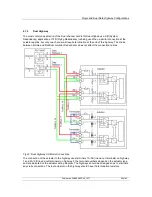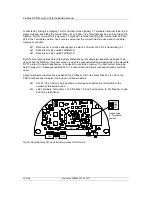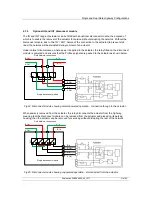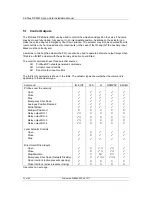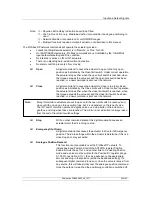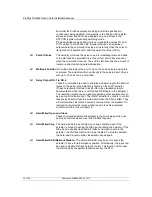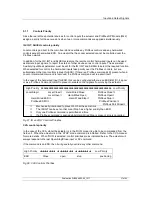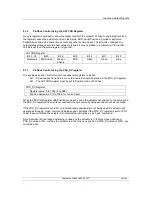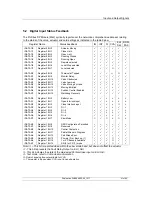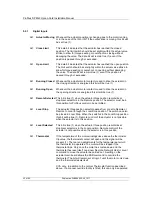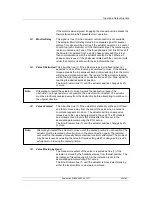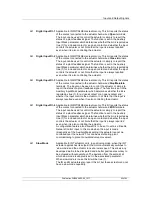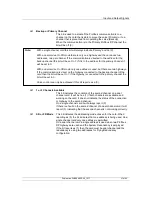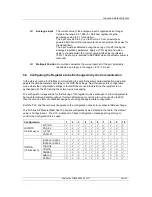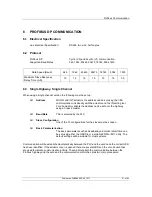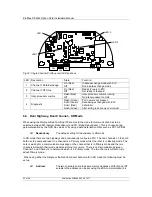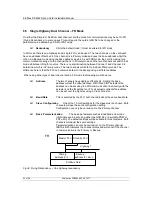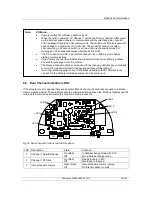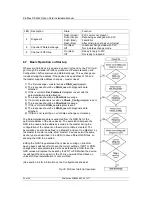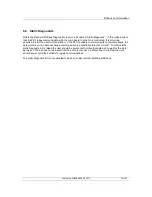
Input and Output Signals
Publication PUB088-005-00_1017
43 of 84
F
ou
nd
ati
on
F
iel
db
us
FF
-01
In
s
tal
lat
io
n m
an
u
al
if the motor is de-energised. Engaging the manual override breaks the
thermostat switch which prevents motor operation.
Monitor Relay
This signal is true (1) when actuator remote control is not available.
The actuator Monitor Relay status is a composite signal for several
alarms. This signal will be set true if the actuator selector is in Local or
Local Stop (not in Remote) or if the thermostat trips. The mains supply
is also monitored and if one of the three phases is lost this bit is set. If
the actuator is operated from a single phase supply and this is lost
then communications with the actuator will also be lost. Where a 3
phase supply is used, if the phase associated with the control circuits
is lost then communications with the actuator will be lost.
Valve Obstructed
This bit will be true (1) if the actuator stops in mid travel when not
expected to do so after receiving a command to move. If the actuator
torque exceeds the trip value set during commissioning then the motor
will stop and motion will cease. The reason for the actuator stopping
will be the high torque due to an obstruction and not a ‘Stop’ signal or
reaching the desired setpoint position.
The bit will remain true (1) until the actuator position changes by 2%
or more.
Valve Jammed
This bit will be true (1) if the actuator is stationary at the end of travel
and fails to move away from the seat of the valve when a network
command requests it to do so. The actuator will trip on excessive
torque due to the valve being jammed in the seat. The PFU fails to
see movement and reports this status after the time set in the
associated parameter during the PFU set up.
The bit will remain true (1) until the actuator position changes by 2%
or more.
Valve Moving by Hand
The manual movement of the valve is reported as true (1) if the
actuator is moved by the handwheel away from the last position. The
percentage of travel required to trip the indication is set in the
associated parameter during PFU set up.
The bit will remain true (1) until the actuator is moved electrically by
either the local controls or a network command.
Note:
Attempting to restart the actuator to move towards the obstruction (even if the
obstruction no longer exists) is not possible, the actuator will not restart. The actuator
must be electrically reversed away from the obstruction before attempting to continue in
the original direction.
Note:
Attempting to restart the actuator to move out of the seated position is not possible. The
actuator must be reversed before it will run in the same direction again. The jammed
seat must first be released manually before electrical control is attempted. The problem
may be overcome by adjusting the actuator torque setting which is designed to provide
extra power on leaving the seated position.

